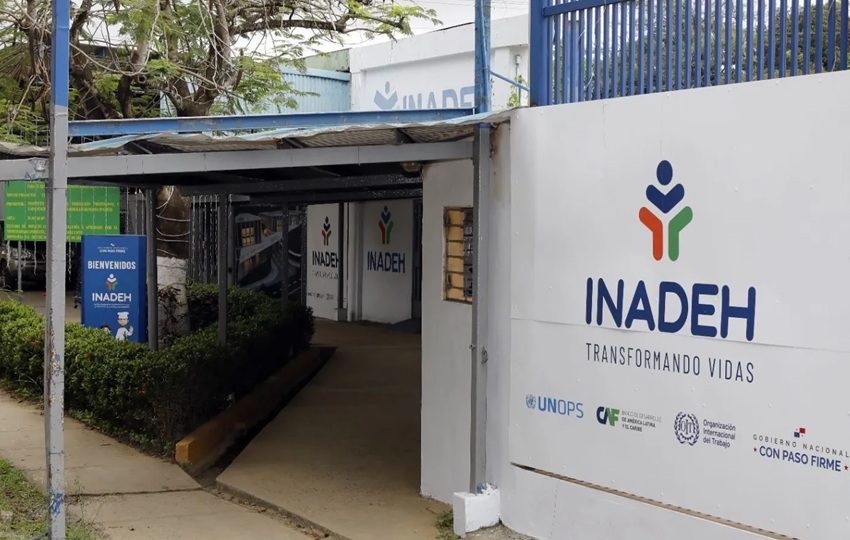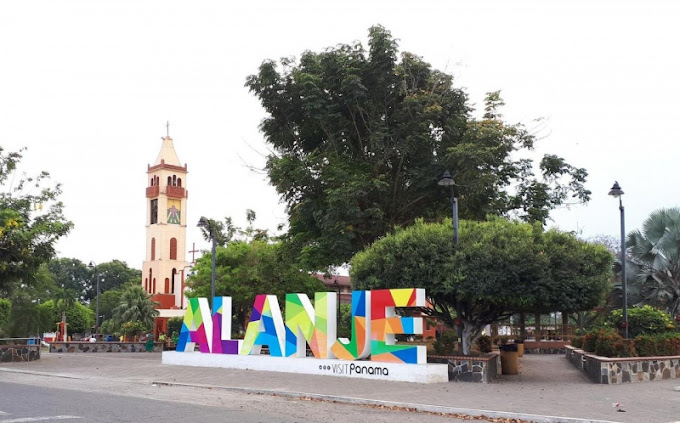Plans for Chorillo: Dont call us, well call you

An American Urban Planning professor who spent seven years studying the problems of El Chorillo, has learned the meaning of “we’ll call you” in Panama.
Penn State University Urban Planning Professor Bret Peters started studying the problems facing El Chorrillo in 2002, and for the next seven years he frequently visited the area, working on a management plan that would promote sustainable development says La Prensa.
"There were great growth prospects and I anticipated a housing boom," Peters said.
Over the next seven years, he traveled frequently to Panama, accompanied by students from both Panama and Penn State.
"I spent seven years walking around El Chorrillo, Santa Ana and Casco Viejo," Peters said. "Many of my Panamanian students did not know the area as well as I did."
Two years ago, he presented his plan, first to the outgoing government of Martín Torrijos and then to the Ricardo Martinelli administration.
He had meetings with Minister of Housing Carlos Duboy and Tourism Manager Salomon Shamah.
That’s when he learned the lesson that so many others have absorbed. "They were very interested at the beginning," Peters said. "Then they never called back."
Peters recently learned about the government's plan to extend the Cinta Costera into El Chorrillo, and has read about the claims that the project would revitalize the area. But after studying the area for seven years, he has his doubts.
"These are cosmetic changes," he told La Prensa.
In his view, the project does not take into account the actual needs of El Chorrillo, Santa Ana and San Felipe.
Instead of extending the Cinta Costera, he suggests widening the Avenida de Los Martíres, which would cost much less. The extra money could then be spent on other projects, mainly housing.
He also warned that the area could lose its prestige as a tourist destination if Unesco removes its designation as a World Heritage Site. That could happen if the Cinta Costera project moves forward.





